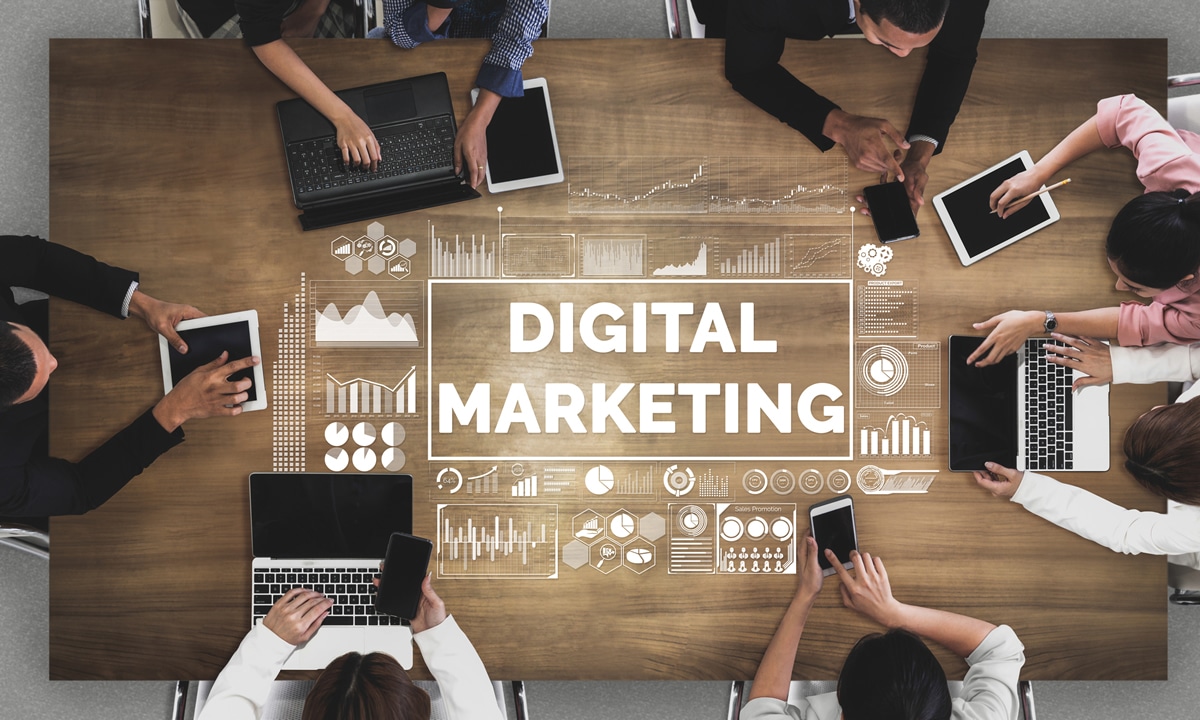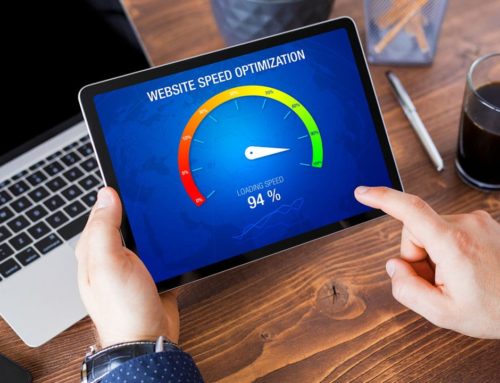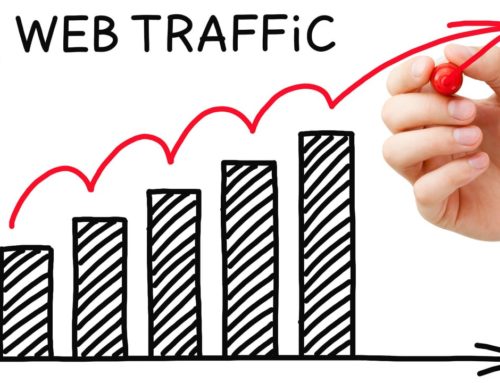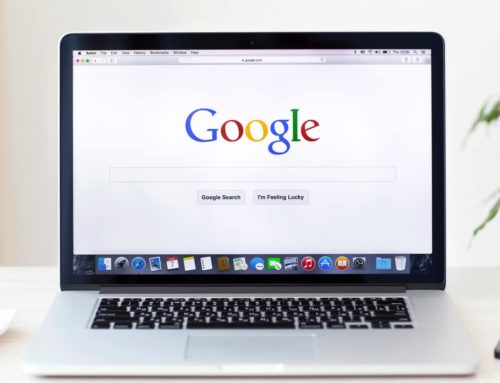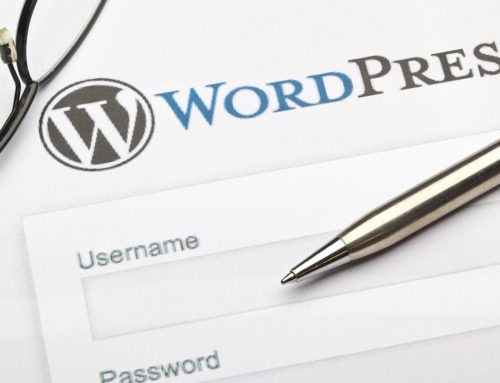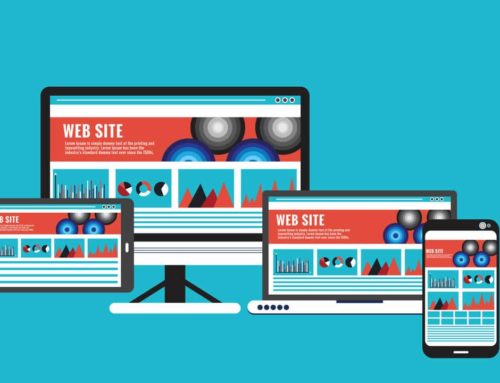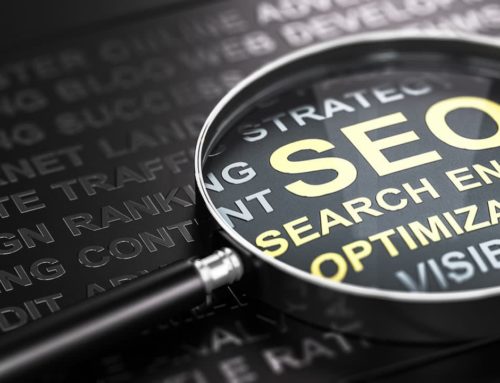By now, everyone’s aware that SEO is an important part of maximizing the return on your web presence. Seventy percent of survey respondents say that it is more effective than Pay-Per-Click marketing. It’s become clearer, too, that potential customers feel better about a business if it’s represented on its own website, rather than just on social media platforms, such as Facebook. But all of the elements of marketing can work together to achieve higher conversion rates.
Local Searching
Two of the biggest developments in business search are deeply entwined. Search engines have begun to get better at serving up local businesses, using opt-in location tracking on devices, and serving up businesses in areas that customers have previously shown interest in or have specified in prior searches or are specifying now. That localization of results has fed into the trend of people increasingly using smartphones and other portable devices to search on the go.
No marketer is liable to know your customer base the way that you do, but they can help you integrate your online presence in mutually reinforcing ways, first by making your website as attractive and helpful as possible, and making sure that it is integrated in all the ways that will make it easy to find. But second by suggesting ways of increasing sales conversions once people are there. And this is true whether or not you are selling goods and services directly through your website, or whether you are using your site to bring customers into a brick and mortar location, or have you come to them.
Swiping Right and Left
More and more, prospective clients are checking you out online before they spend the time and effort contacting you on the phone or driving to your physical location. They are looking for a bit of reassurance that they’re on the right track, by looking at your customer reviews and rankings, getting an idea of your product line and services, and so forth, before even giving a call. You can make it easier for them to educate themselves on what you offer prior to contacting you, which can save a lot of time and effort in answering shot-in-the-dark inquiries. And you can make it easy for people to ask away if you offer on-site chat or voice call service.
If you do have a store, and the customer leaves an order in her cart before moving on, you can have pop ups to remind them, discreetly, that they haven’t finished their order. It could be that they have decided to shop around a bit more. With the right plugin, it’s even possible to have your site offer an incentive discount if a potential customer seems about to leave.
Social Media Presence
You can advertise on Facebook, Twitter, Instagram and other platforms as well, to engage customers. Facebook is excellent for advertising altered business hours, promotions, menu changes, and anything that might change rapidly. Engagement on Facebook can also get you good reviews. Twitter is often used for customer service, but do be careful: Twitter users can see interactions in real time. Still, it’s a good platform to keep a presence on if you have trusted and dedicated customer service agents who will represent you well. Instagram is particularly useful for any products or services well suited to representation in a visual format. If you’ve got a product that requires a bit of demonstration, YouTube is a good place to do that.
If properly used, social media can make customers and prospective customers feel that they are part of a community in which they are considered and valued.
Mutual Reinforcement
Taken altogether, these elements can help you boost your online presence. But not all elements may apply, and there are certainly some possibilities that we haven’t mentioned here. Give us a call here at SunAnt, tell us about your business, your online presence, and what you’d like to achieve. We have the experience to make sure that your online marketing strategy is impactful. It’s getting more important every day.

